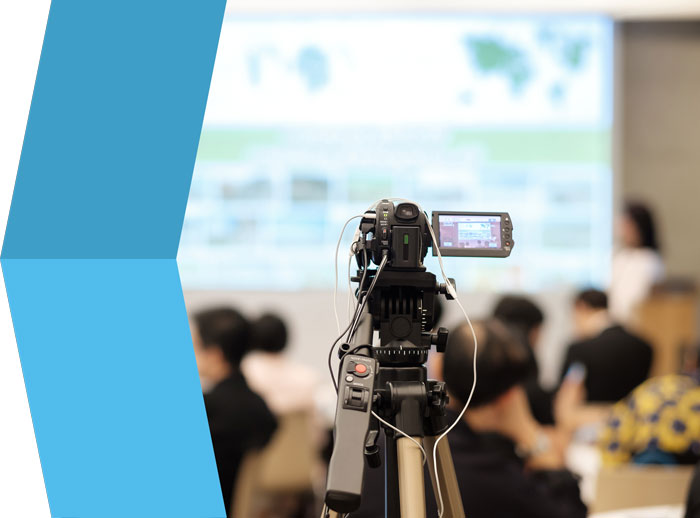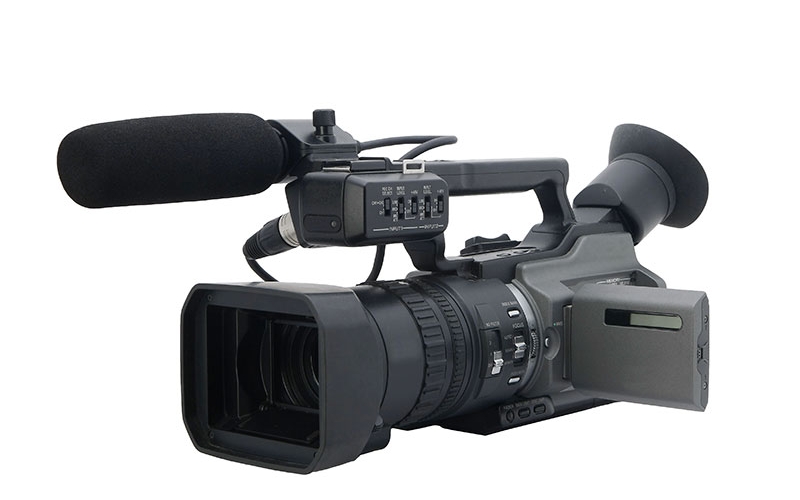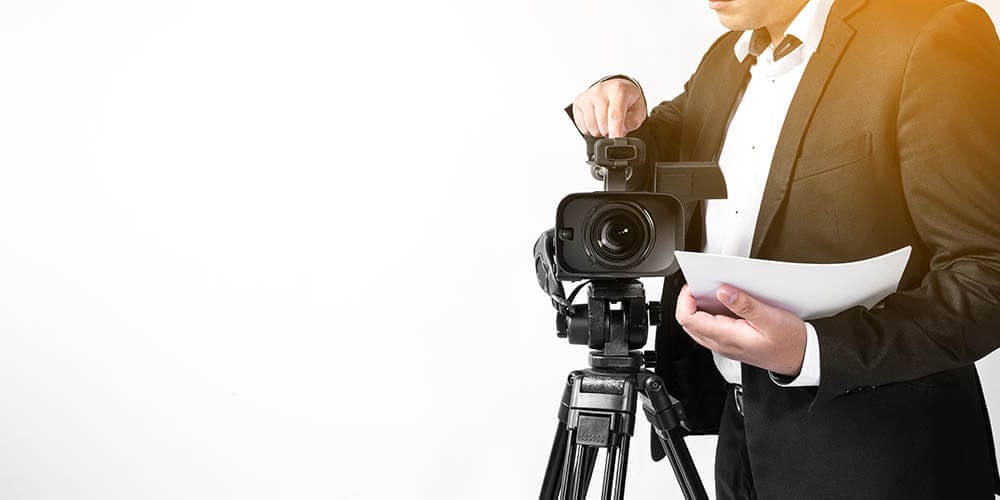Looking Into the Devices of Lawful Videography: Introduction Its Procedure in Safeguarding Genuine Visual Testament for Judicial Procedures
In the realm of judicial procedures, the duty of legal videography stands as a keystone in maintaining and providing visual evidence. As technology remains to breakthrough, the devices behind lawful videography have come to be significantly detailed, offering a vital layer of credibility to testaments caught on video. By diving into the operational intricacies of legal videography, one can reveal the precise processes that secure the stability of visual proof offered in courtrooms - Legal Videography. This exploration not only clarifies the historic development of lawful videography but also means the future fads that might further transform just how aesthetic testimonies are upheld in the world of justice.
Historical Development of Lawful Videography
Analyzing the historic development of legal videography reveals a significant improvement in the capturing and discussion of aesthetic evidence within the legal landscape. In the past, lawful procedures greatly counted on written records and pictures to record occasions and offer evidence. With the arrival of video clip innovation, the legal market observed a paradigm change in just how visual testament was recorded and provided.
The development of legal videography can be mapped back to the late 20th century when improvements in video recording devices made it a lot more accessible for use in courtrooms. This technical innovation not just improved the accuracy and reliability of visual proof but also transformed the way situations existed to courts and courts (Legal Videography). Attorneys began to identify the persuasive power of video clip recordings in sharing feelings, subtleties, and non-verbal hints that written photos or transcripts alone might not record effectively

Technology Advancements in Video Clip Paperwork
What essential technical advancements have revolutionized video documentation in the lawful area? The legal field has seen substantial advancements in video documents innovation that have actually improved the credibility and dependability of aesthetic evidence in judicial proceedings.
Moreover, improvements in video clip file encryption and watermarking modern technologies have strengthened the safety and tamper-proof nature of video proof, protecting it against unauthorized changes or tampering. Furthermore, the arrival of cloud storage services and remote access capacities has streamlined the storage space, retrieval, and sharing of video clip proof, helping with smooth partnership amongst lawyers and making sure reliable access to important visual testimonies when needed. These technical innovations in video clip documentation have definitely transformed the legal area, improving the accuracy, credibility, and admissibility of aesthetic evidence in judicial proceedings.
Duty of Legal Videographers in Court Setups
The evolution of video clip documentation technology in the lawful area has demanded an essential function for lawful videographers in courtroom setups, guaranteeing the honesty and dependability of visual statements offered throughout judicial procedures. Legal videographers play a basic role in capturing and preserving exact visual proof that can be pivotal find more information in litigation. Their duty encompasses establishing devices, recording procedures, and generating top quality video clips that precisely mirror the events in the court.
In addition, lawful videographers usually work very closely with lawful groups to ensure that the video clip evidence straightens with the situation's requirements and can be properly provided in court to support the lawful debates being made. On the whole, the function of lawful videographers in courtroom settings is essential in promoting the concepts of justice and making sure the openness of lawful procedures. Legal Videography.

Ensuring Admissibility and Integrity of Video Clip Proof
To maintain the reputation of aesthetic evidence presented in legal procedures, guaranteeing the admissibility and honesty of video clip evidence is a critical obligation for lawful videographers. Admissibility refers to the acceptance of evidence by the court, and for video proof to be acceptable, it has to satisfy certain requirements. Legal videographers play an essential role in guaranteeing that the video clips they record follow the regulations of evidence, such as importance, dependability, and authenticity.
Honesty of video clip proof includes maintaining the creativity and precision of the video from the moment it is videotaped up until it is presented in court. This includes firmly saving the video clip files, documenting the chain of protection, and stopping any kind of meddling or changes. Lawful videographers should stick to strict methods to assure the integrity of the video evidence and avoid any type of challenges to its credibility.
Future Trends in Legal Videography
Given the boosting reliance on innovation in legal proceedings, legal videographers are positioned to welcome ingenious developments forming the future of aesthetic statement capture and presentation. One of the prominent patterns coming up is the integration of virtual reality (VIRTUAL REALITY) and enhanced truth (AR) innovations into lawful videography. These technologies have the potential to revolutionize just how visual evidence exists in courtrooms, permitting juries and courts to submerse themselves in the scene of the criminal offense or incident.
Furthermore, using fabricated knowledge (AI) algorithms for video clip evaluation is expected to enhance the process of assessing and analyzing big amounts of video footage. AI can help in determining crucial minutes, abnormalities, and patterns within videos, enhancing the efficiency of legal investigations.

Verdict
To conclude, lawful videography has actually played a critical function in giving genuine visual evidence for judicial process. Via technological advancements and the competence of lawful videographers, the stability and admissibility of video evidence are ensured in court setups. As legal videography remains to evolve, it will certainly be essential to promote criteria that keep the precision and reliability of visual testimony for the future of lawful procedures.
Examining the historical development of lawful videography reveals a considerable change in the recording and presentation of aesthetic proof within the lawful landscape.The evolution of video documents innovation in the lawful field has required an important duty for legal videographers in court room settings, making sure the honesty and dependability of aesthetic statements offered during judicial process. In addition, legal videographers frequently work closely with lawful groups to make sure that the video proof straightens with the case's demands and can be efficiently provided in court to sustain the legal disagreements being made.To preserve the reputation of aesthetic evidence offered in lawful proceedings, making certain the admissibility and stability of video evidence is a critical obligation for lawful videographers. As lawful videography continues to progress, it will certainly be essential to promote requirements that maintain the precision and integrity of aesthetic testament for the future of legal process.